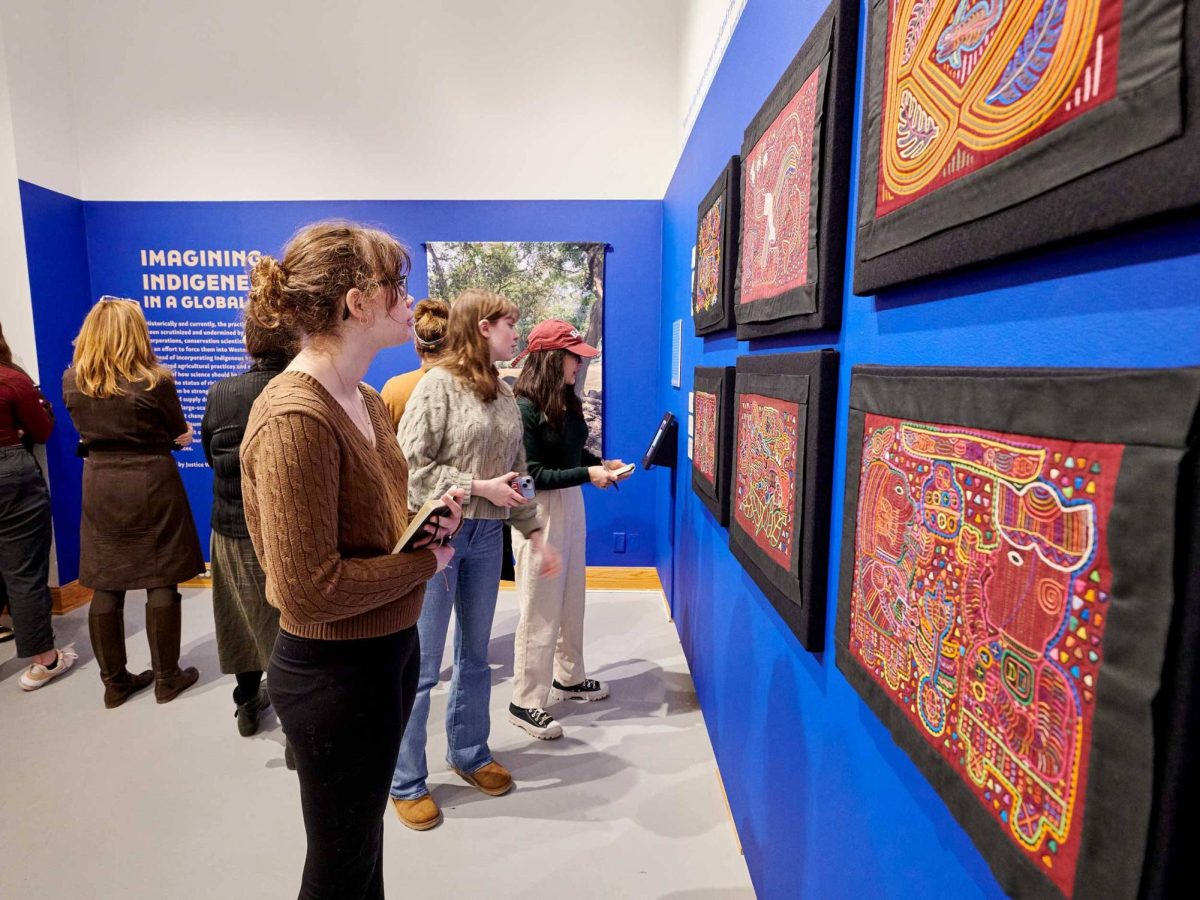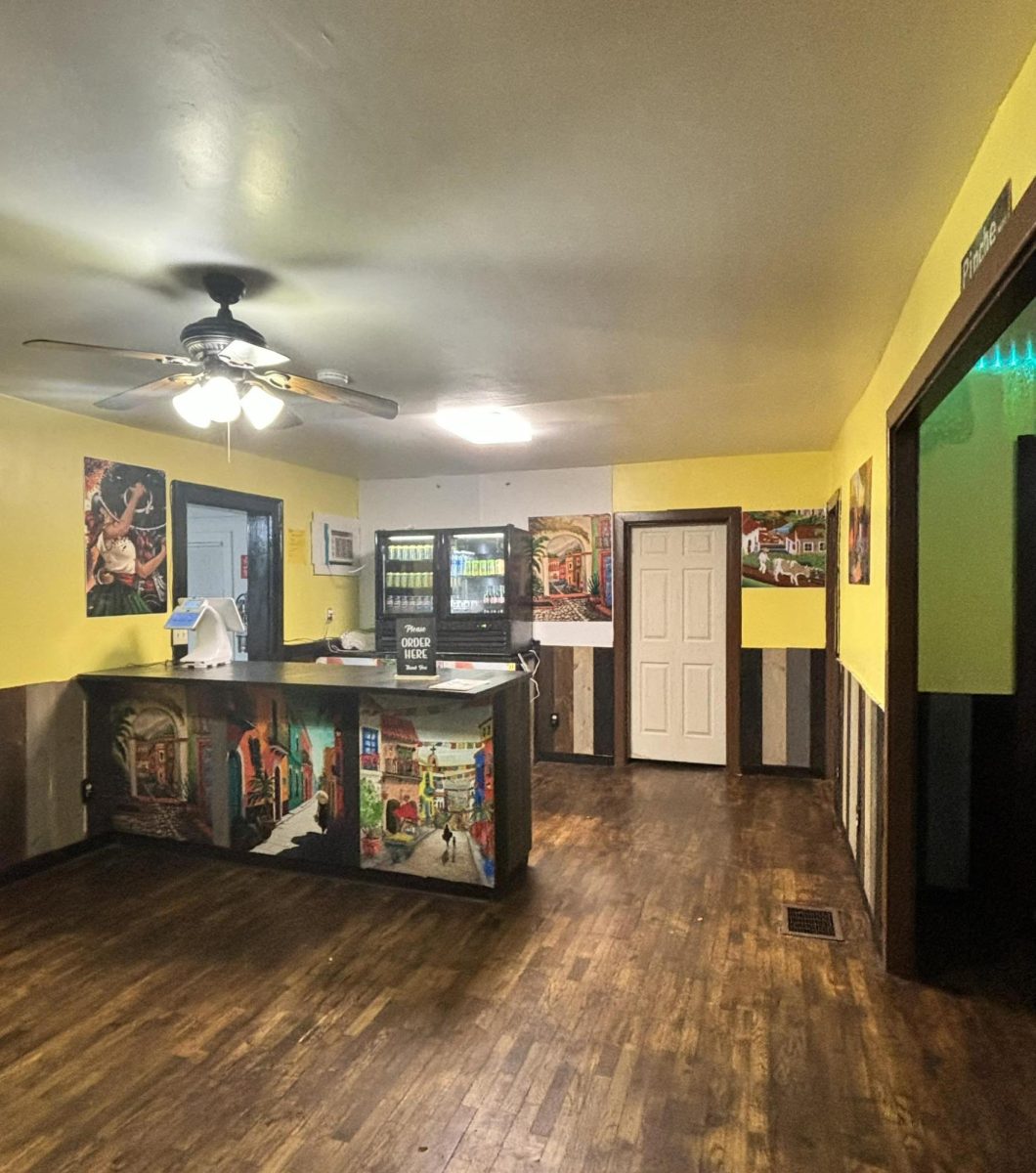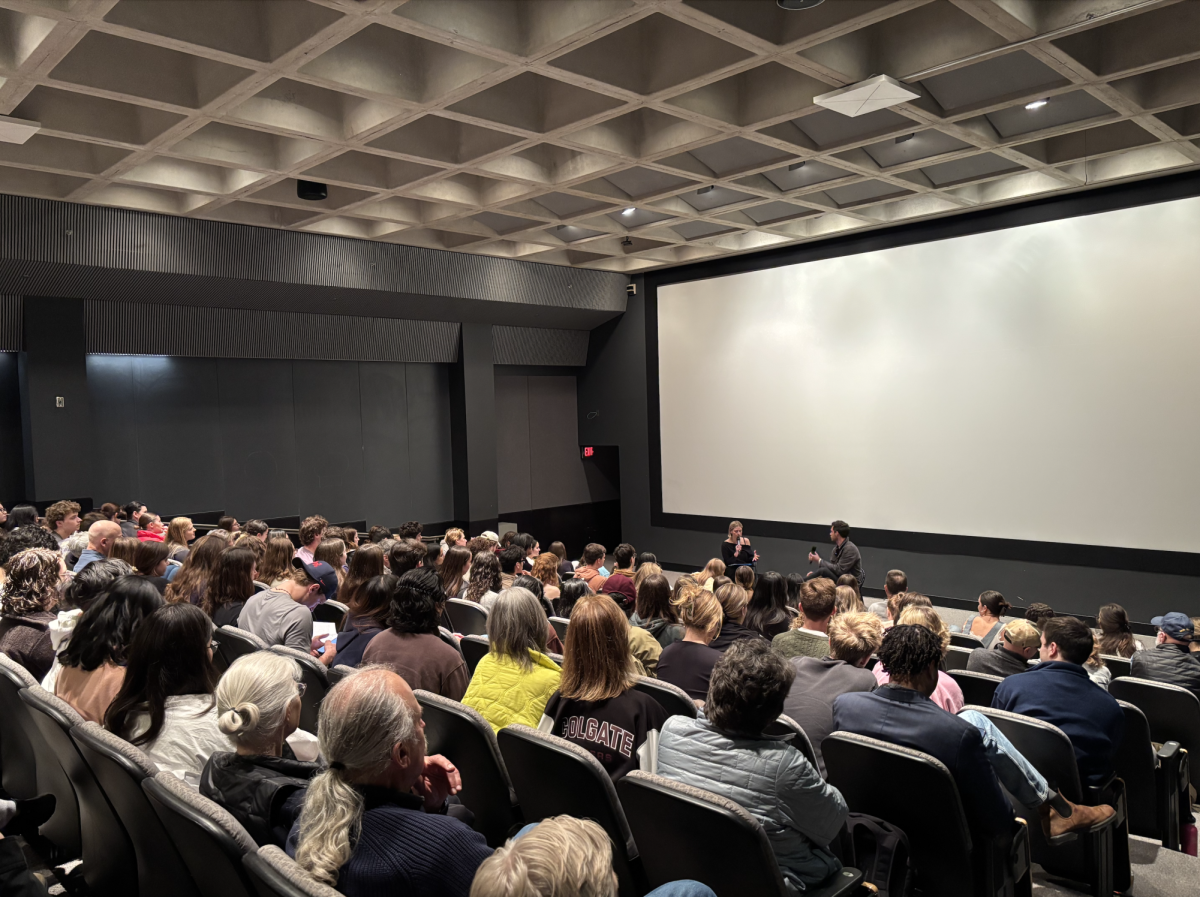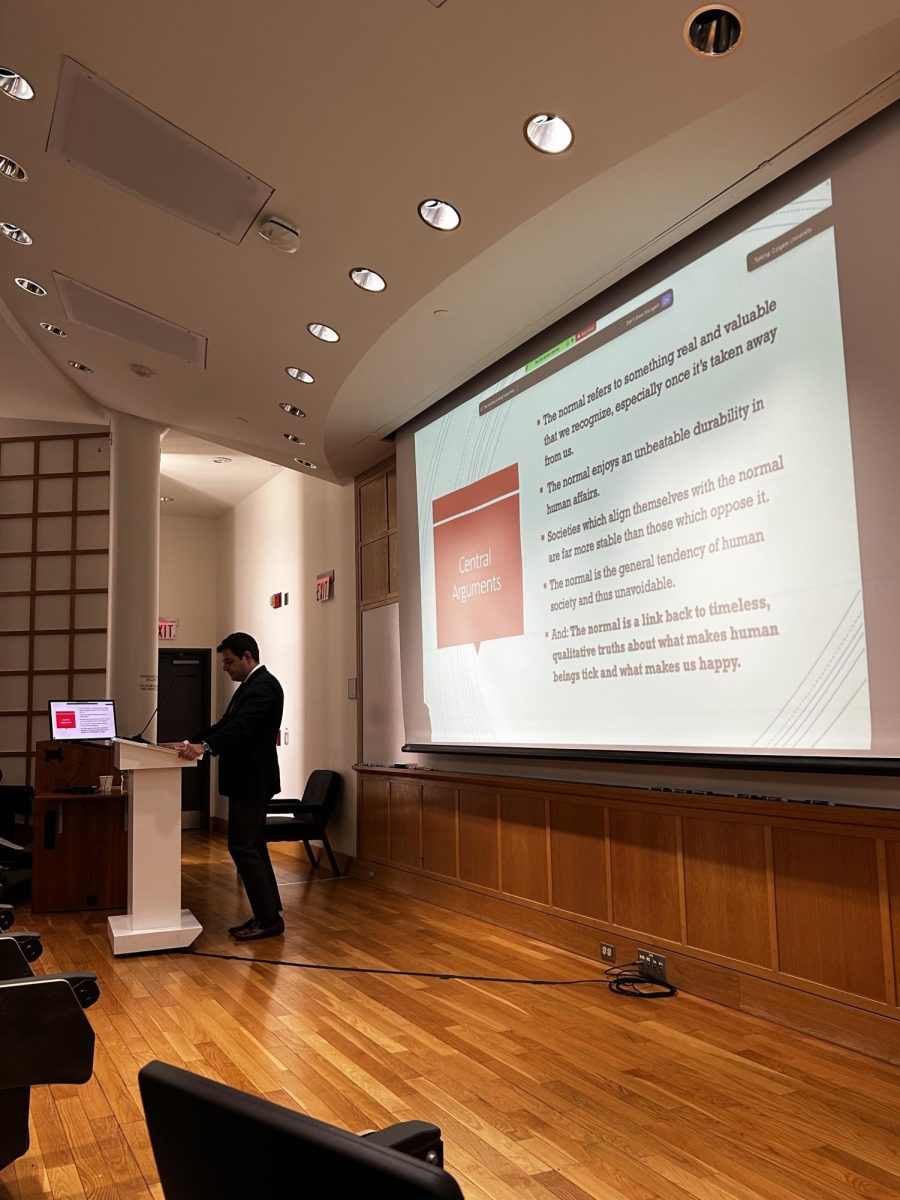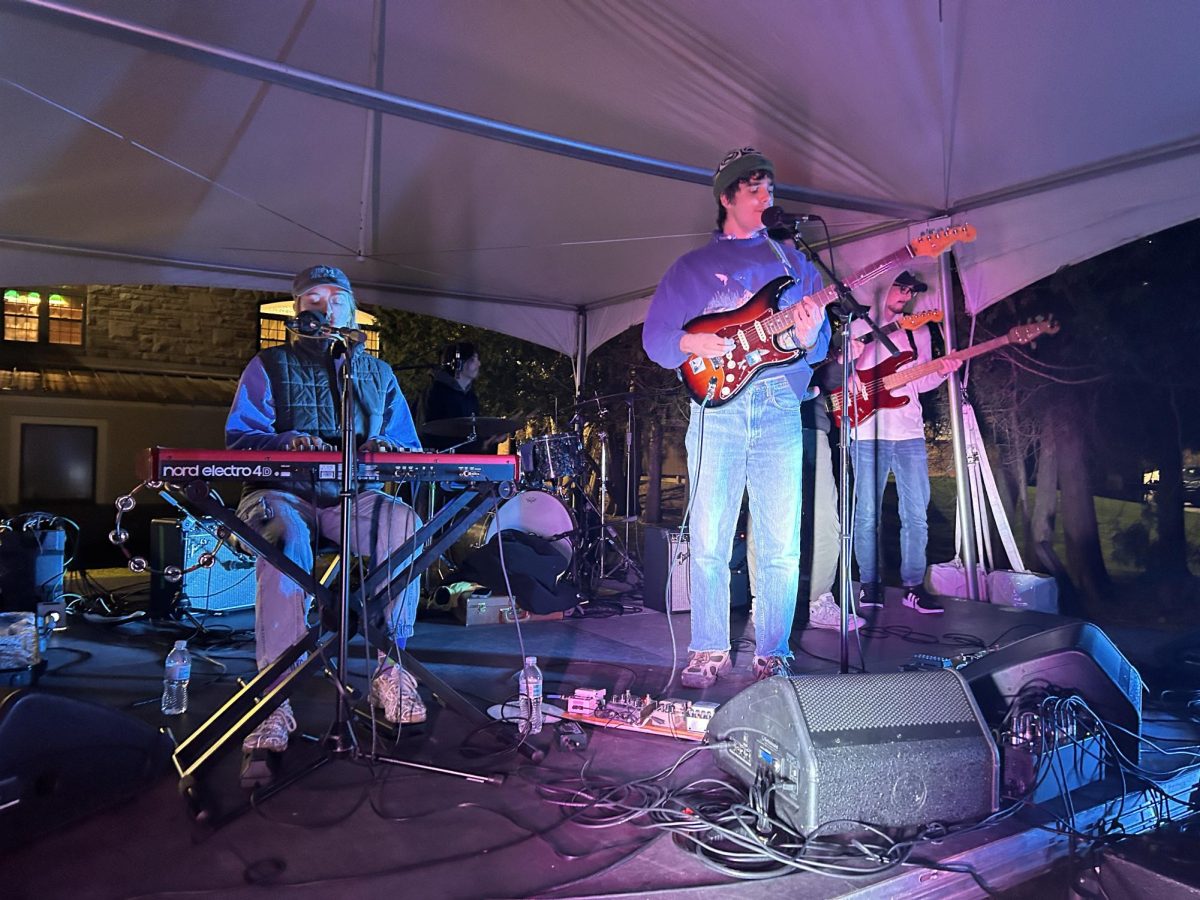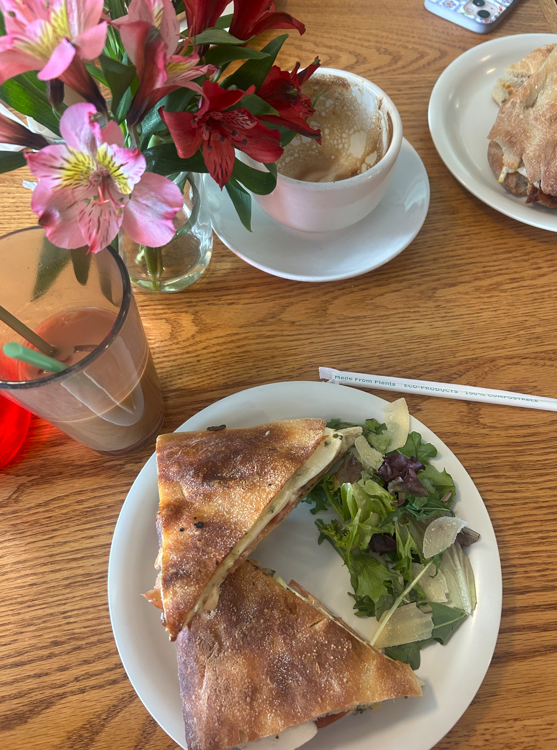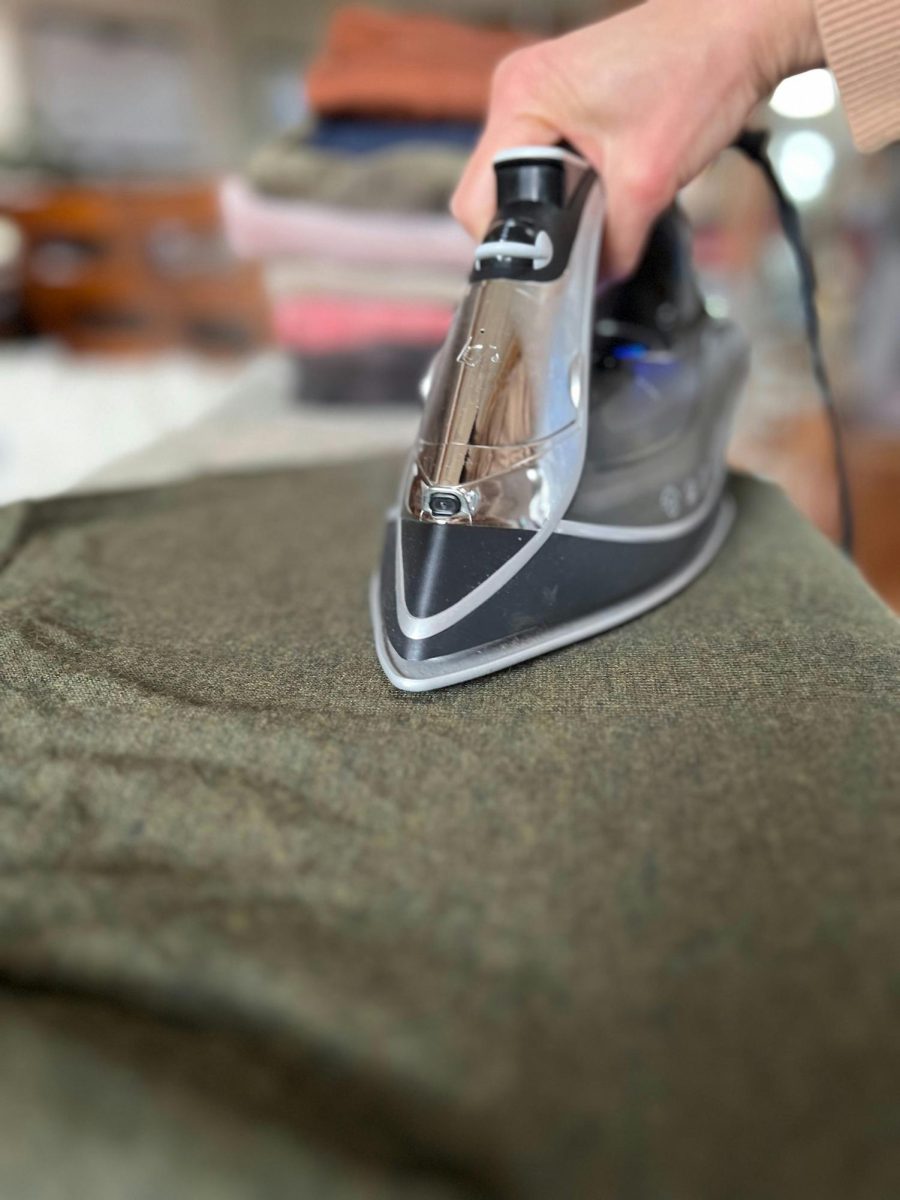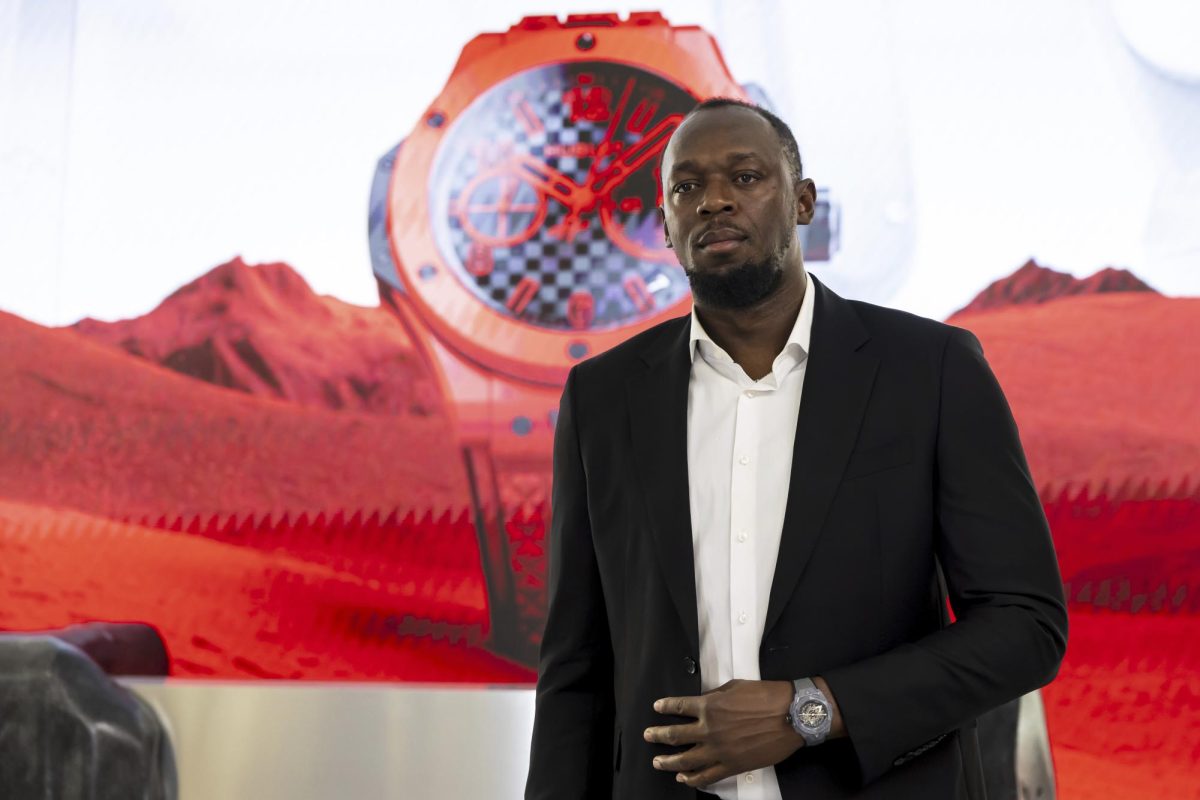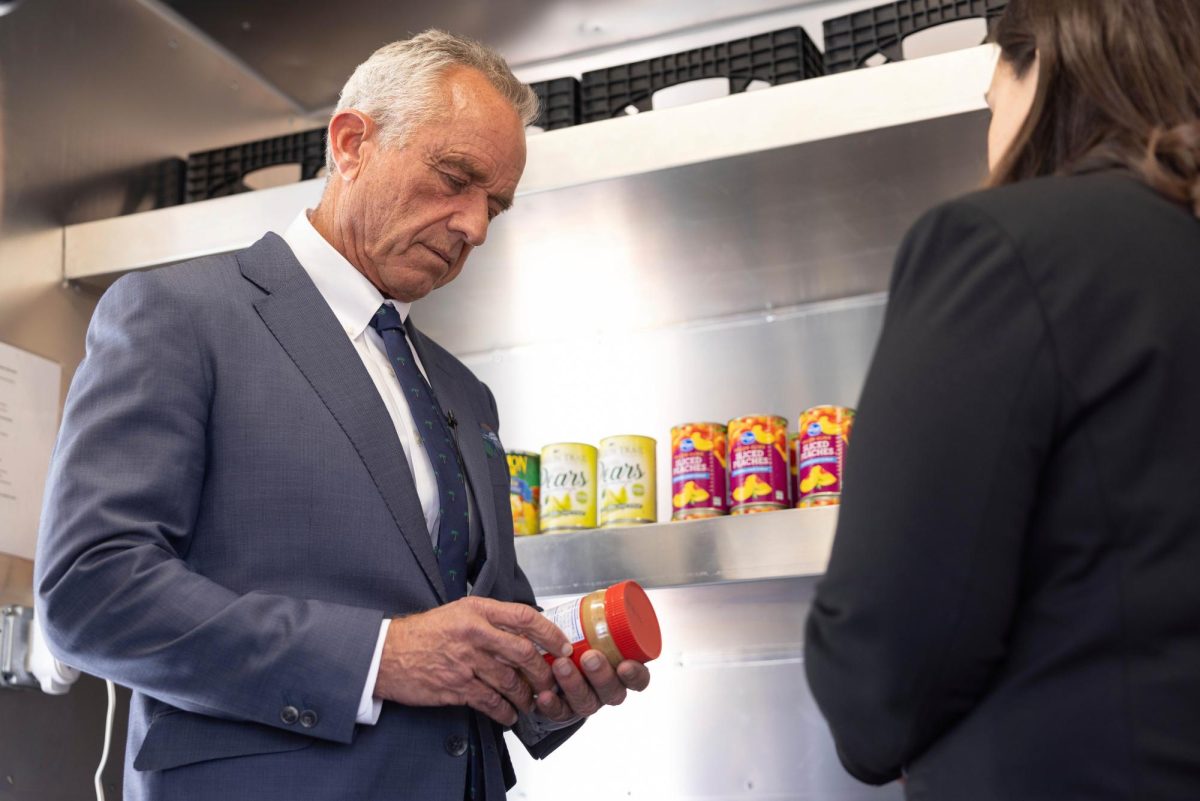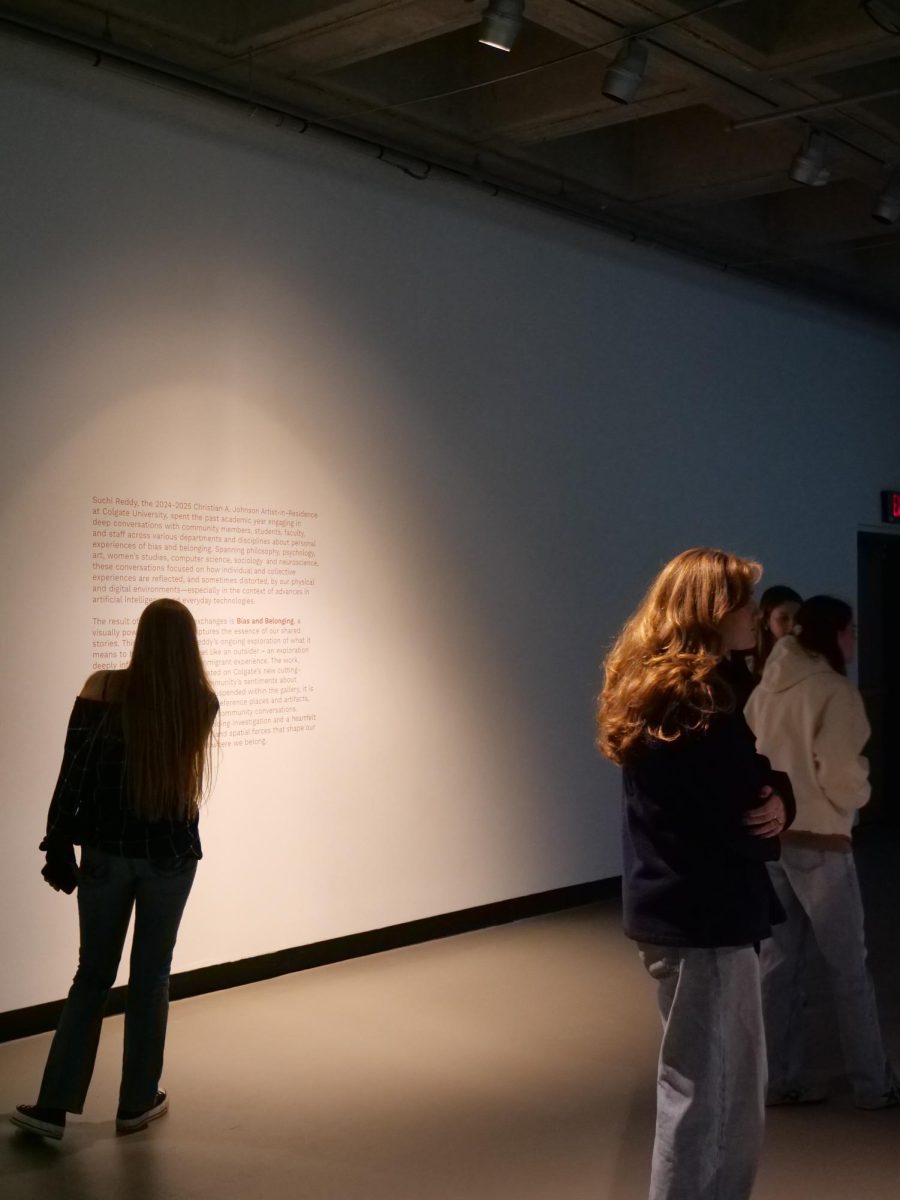The Colgate University Museums — which include the Picker Art Gallery, the Longyear Museum of Anthropology, the Linsley Geology Museum and the Clifford Gallery — are hosting a six-week series of discussions open to Colgate students and faculty about the museums’ plans. The series, titled “Strategic Planning Conversations,” aims to make the collections more accessible to both the Colgate community and others. Co-directors of University Museums Rebecca Mendelsohn and Nick West launched the series with their kick-off discussion about planning updates on Friday, Feb. 2.
“We want to feel like the museums belong to everyone — in the University and beyond,” Mendelsohn said.
The museum staff has created six top-level goals to guide their work in order to ensure that their objectives are achieved. During the first session, Mendelsohn and West provided insight into all six of their goals, starting with investing in diversity, equity, accessibility, inclusion and decolonization practices in both the curation and presentation of collections as well as available resources. Overall, their goals aim to make the museums, collections and resources more accessible, engaging, culturally sensitive and deliberate.
“We wanted to make sure everyone is getting the same education from our museums,” West said. “We are always looking for new opportunities to give students experience with the museums.”
The series allows students and faculty to provide suggestions and feedback on how they want to be involved. The museums on campus are meant to supplement students’ learning and provide resources that would otherwise be unavailable. Additionally, these resources can lead students to learn more about cultural sensitivity and decolonization issues.
Engagement Coordinator for University Museums and alumna Audrey Hong ’23 emphasized the importance of student engagement and participation, starting with these strategic planning conversations. Hong was very involved in the University Museums and the Museums Studies (MUSE) Program as a student, and she worked as a Curatorial Intern for the Picker Art Gallery, which ultimately kept her in Hamilton after graduating.
“I think now more than ever, it’s imperative to openly discuss how the Longyear Museum of Anthropology and Picker Art Gallery can incorporate tenets of decolonization and address key social justice issues with our exhibitions and our general practice,” Hong said. “We can only do this with the help of as many voices on campus involved as possible.”
Hong explained that opening the conversation to students and faculty will be beneficial for the museums’ future.
“By extending an open invite for any student, staff and faculty to join us in conversations about topics like repatriation plans and our future acquisitions, we are bringing the stakeholders’ perspectives into an important decision-making moment,” Hong said.
Wrapping up the first session, Mendelsohn explained that there is a lot of room for improvement.
“Some of these policy developments are a lot more complicated than we realized at first,” Mendelsohn said.
Both co-directors vocalized that they felt it was difficult to create a space where everyone feels comfortable.
“What we didn’t have was a great system for doing [these things],” West said.
However, Mendelsohn and West mentioned that they felt they were in a position to address the intended developments moving forward with the participation of students. The next five strategic planning meetings will focus on specific topics to have open discussions on how to best approach maintaining these goals.


